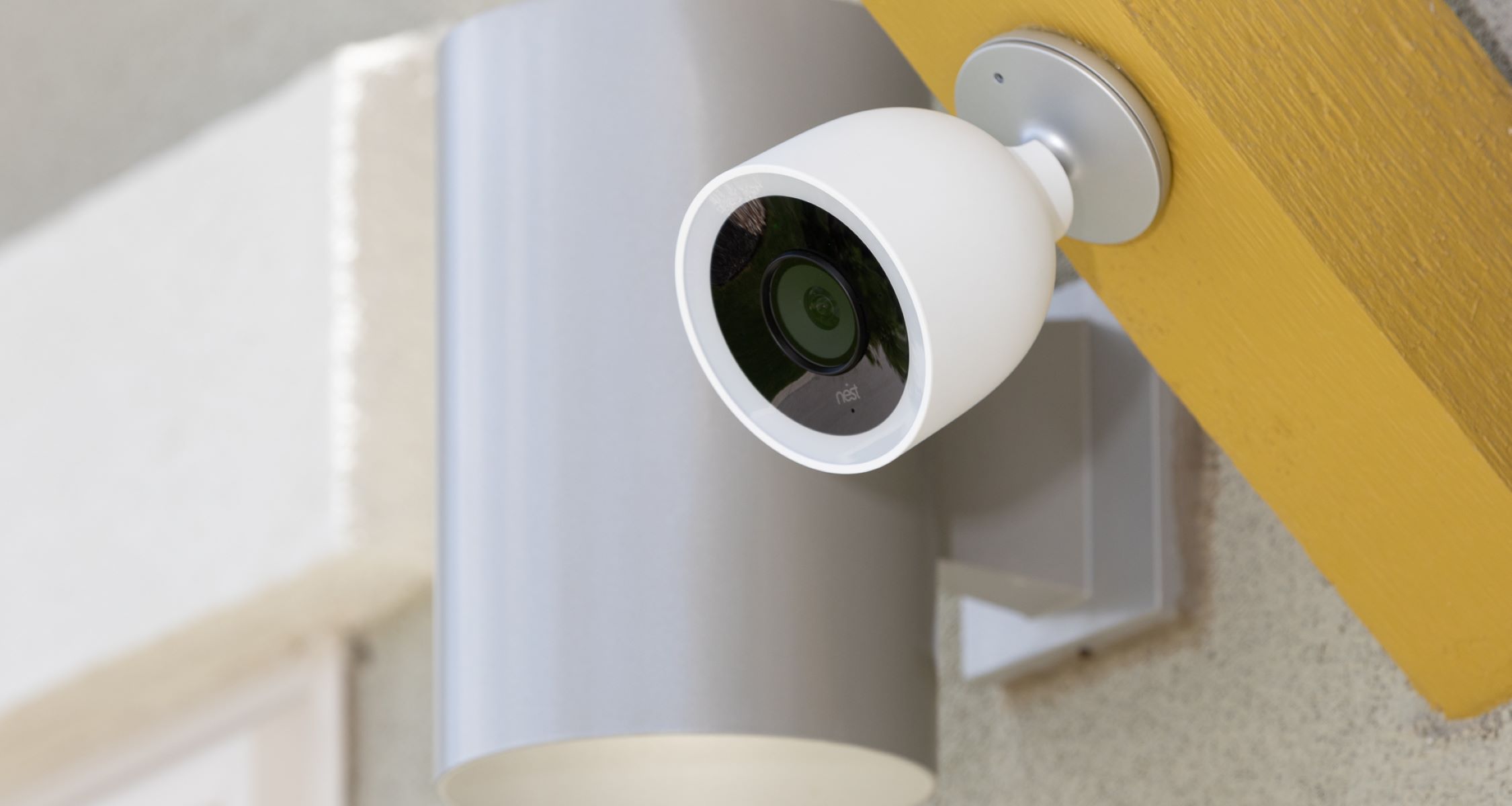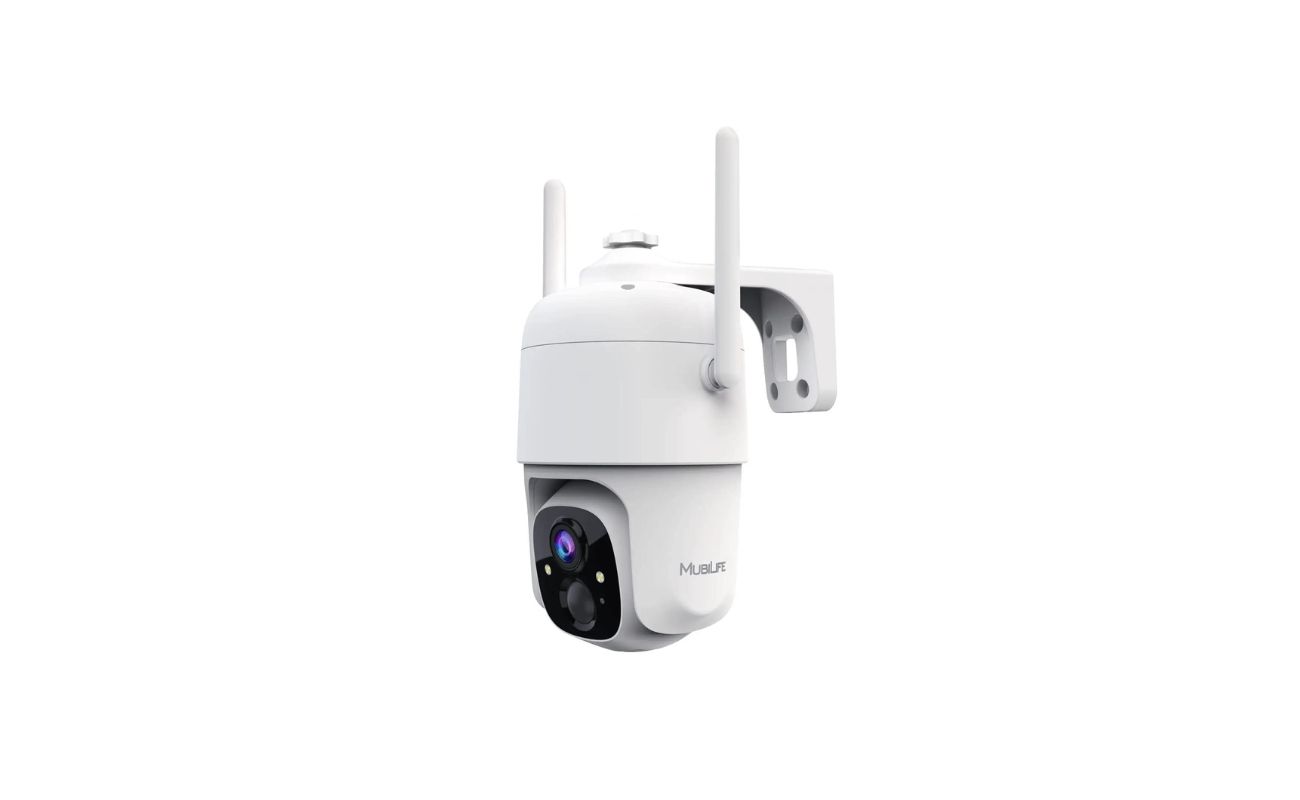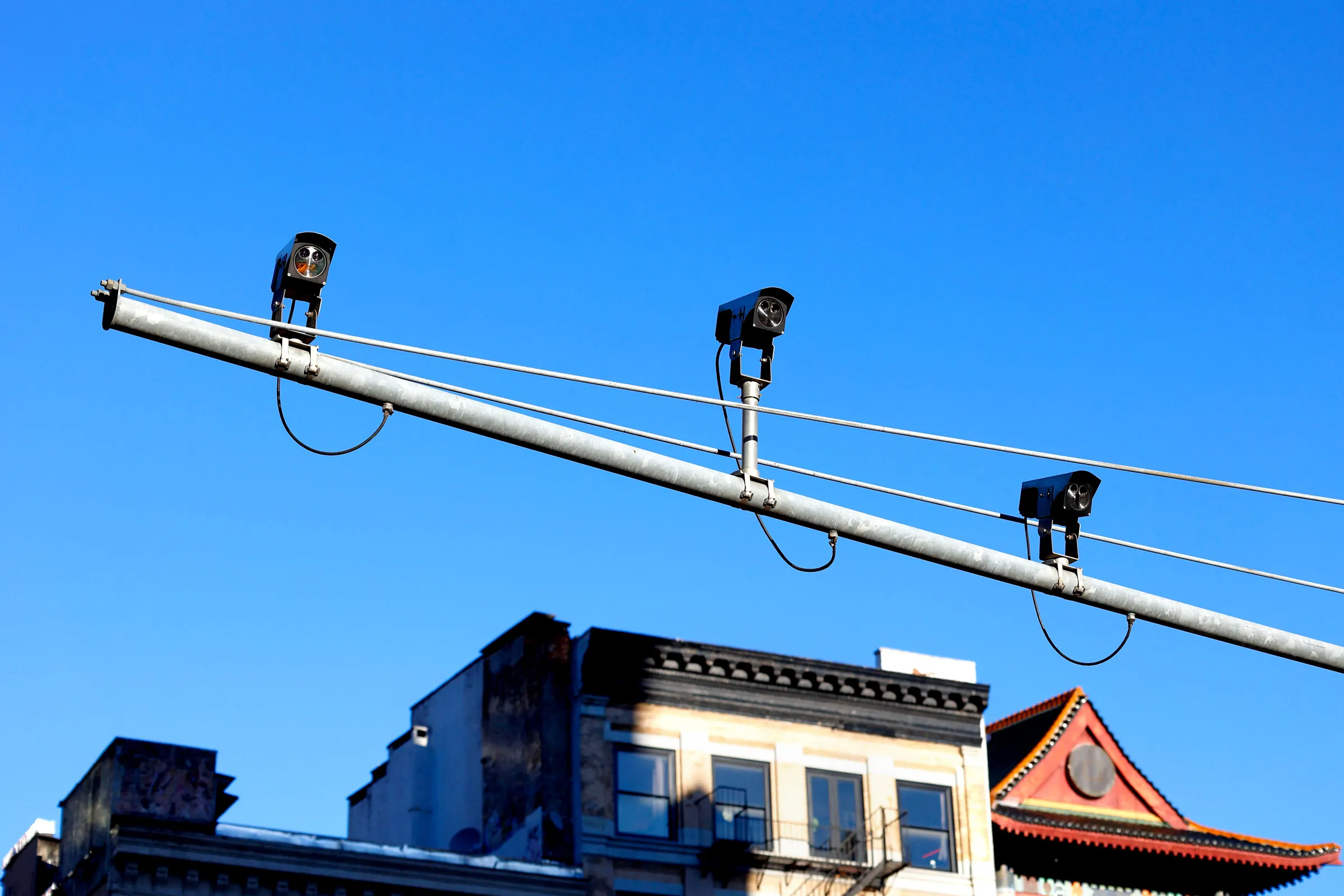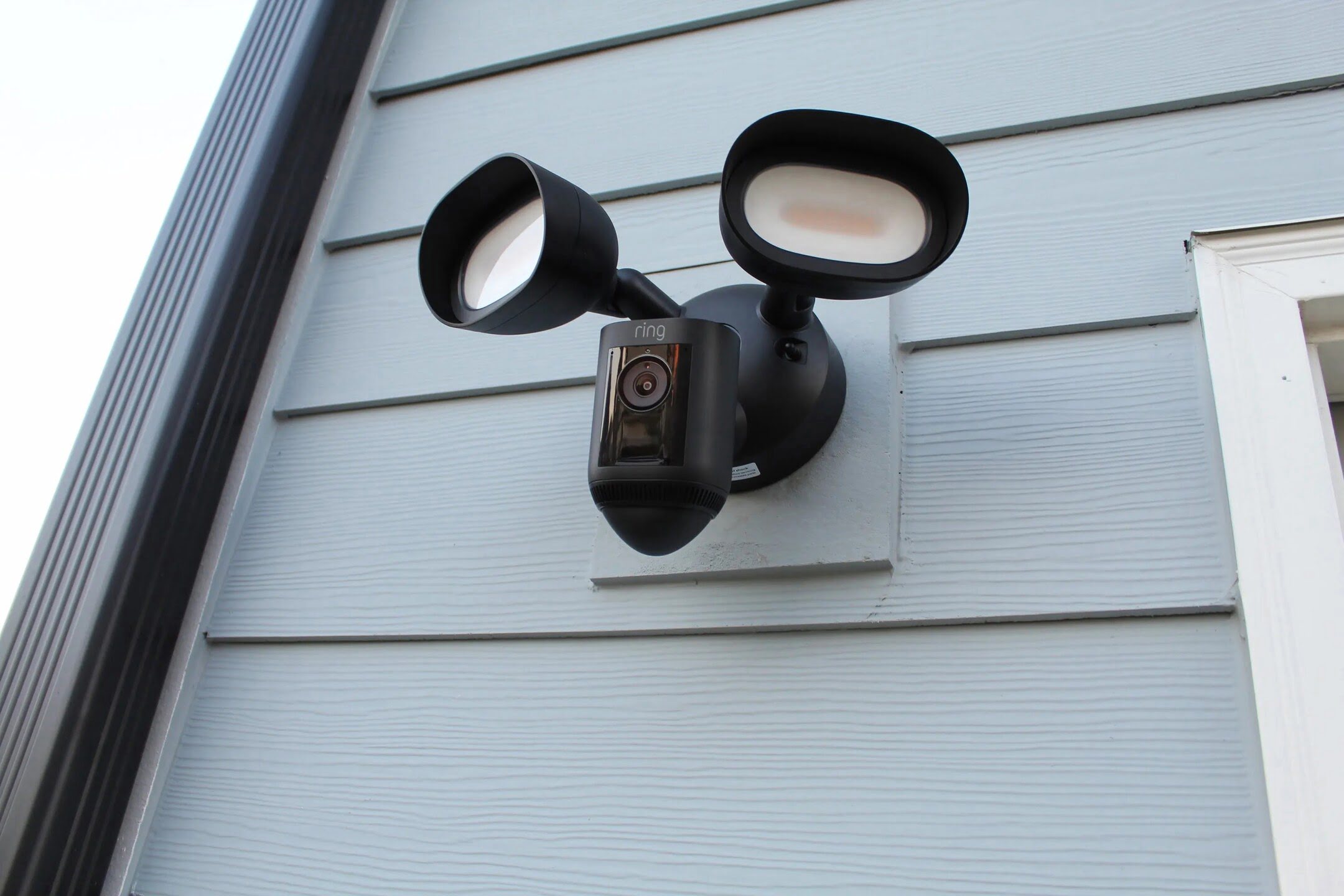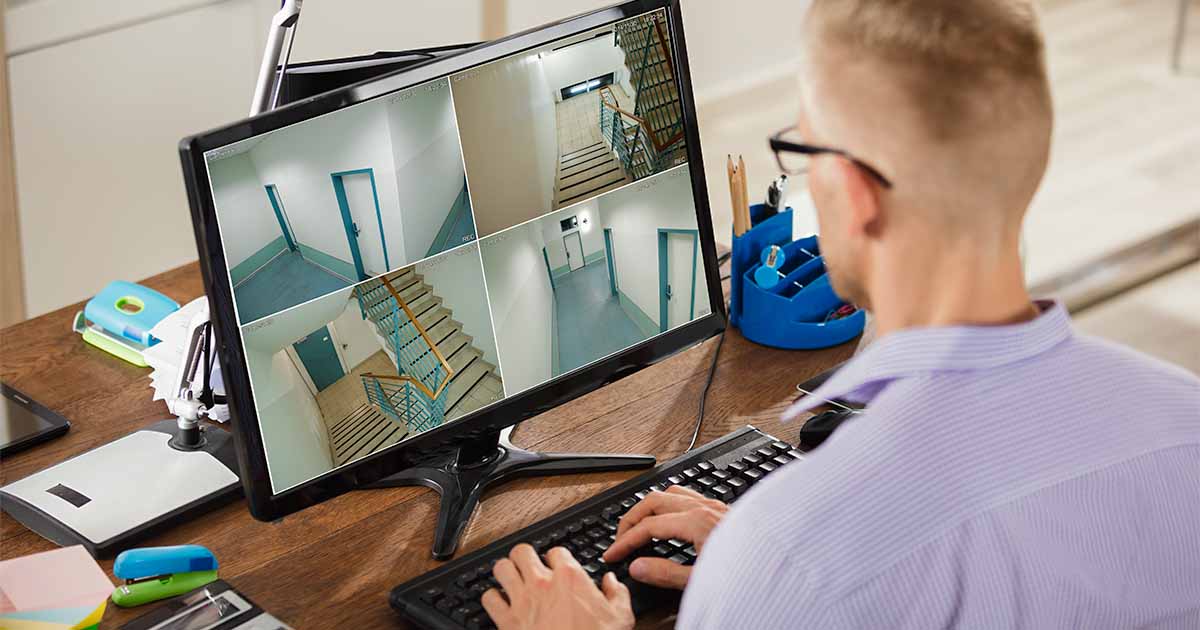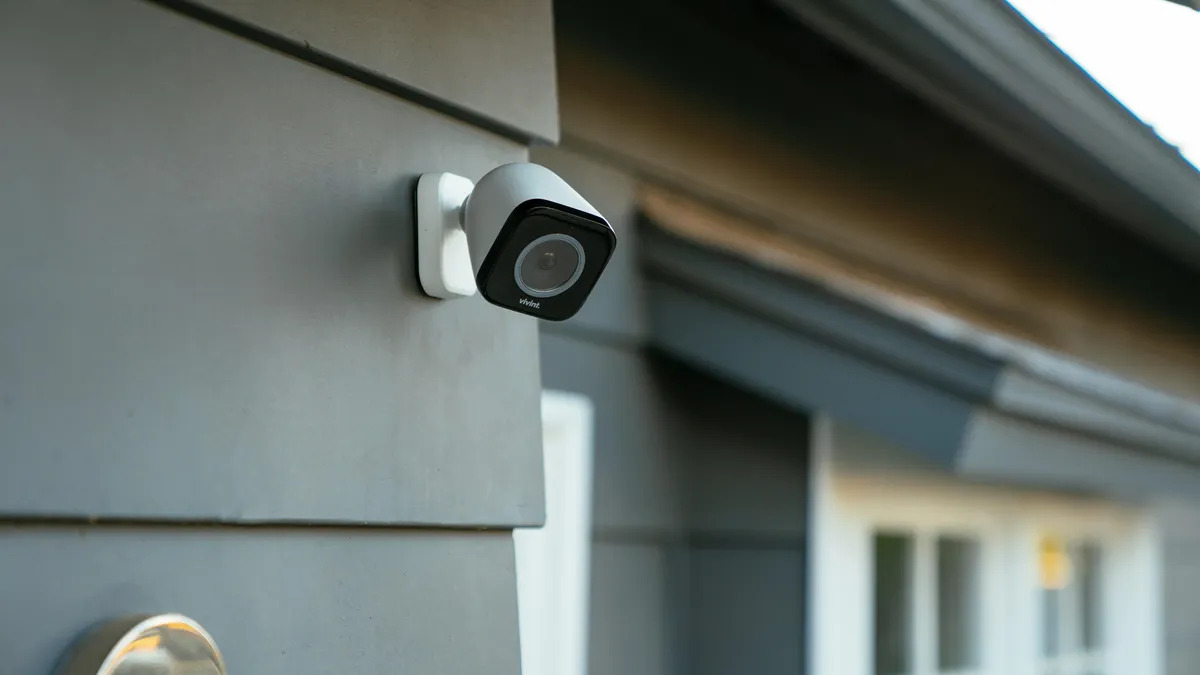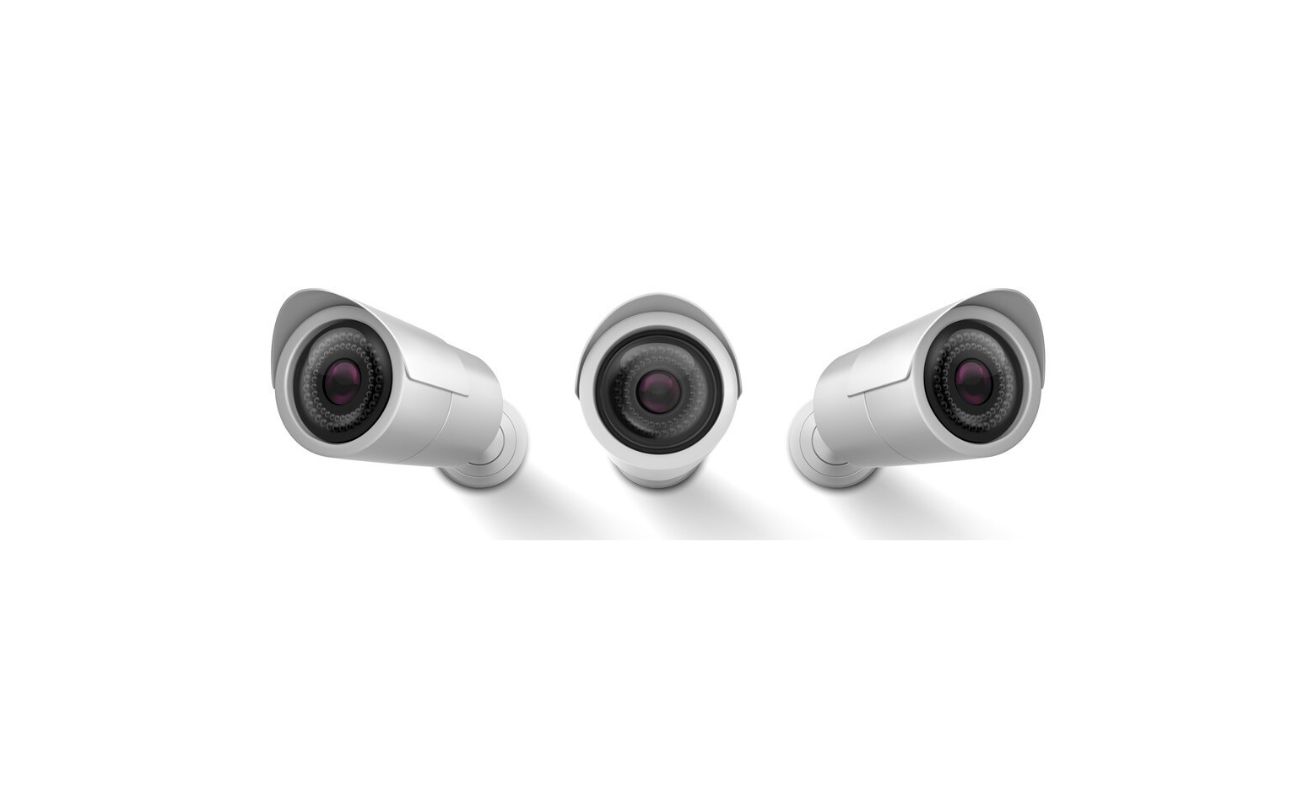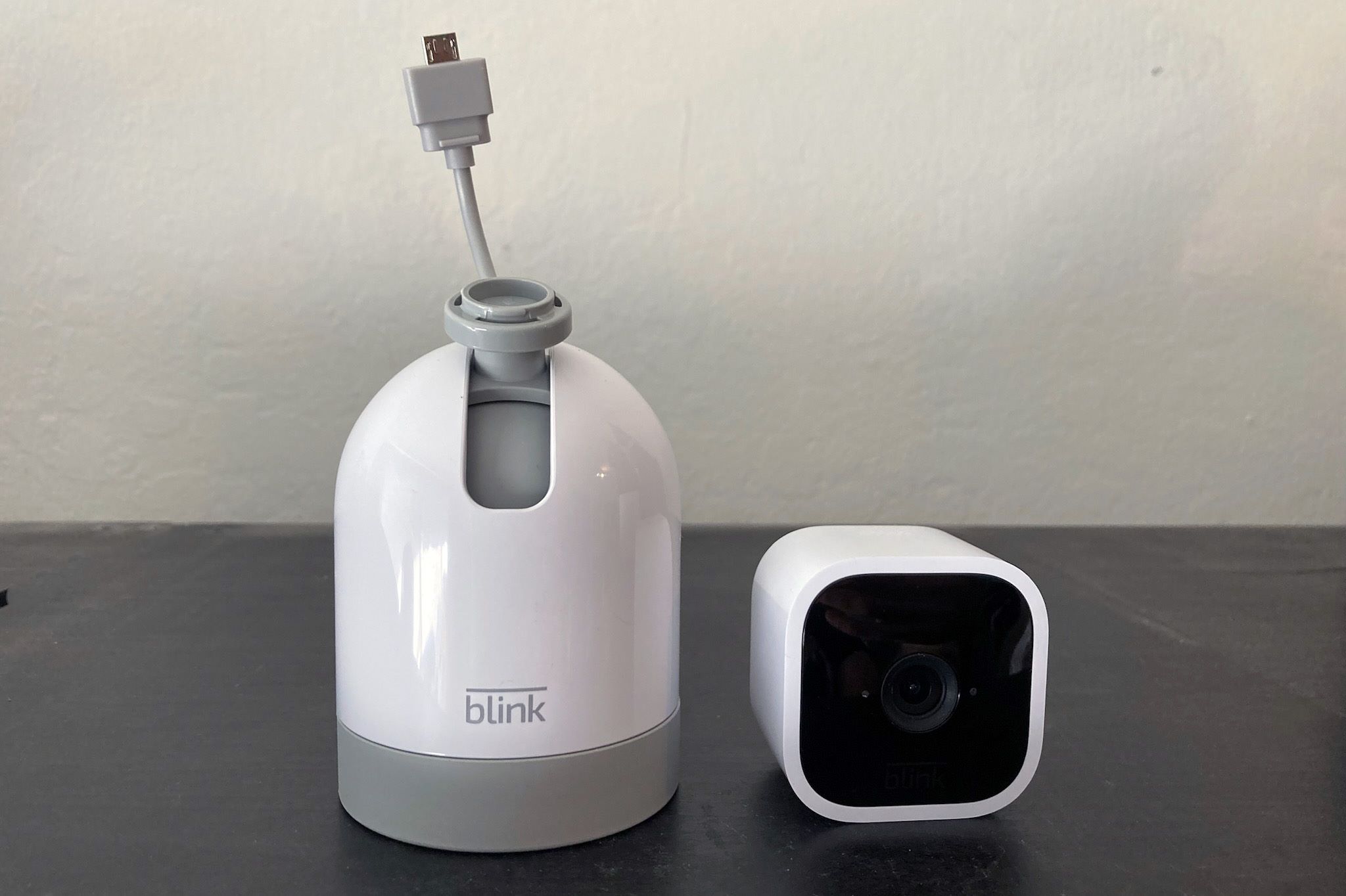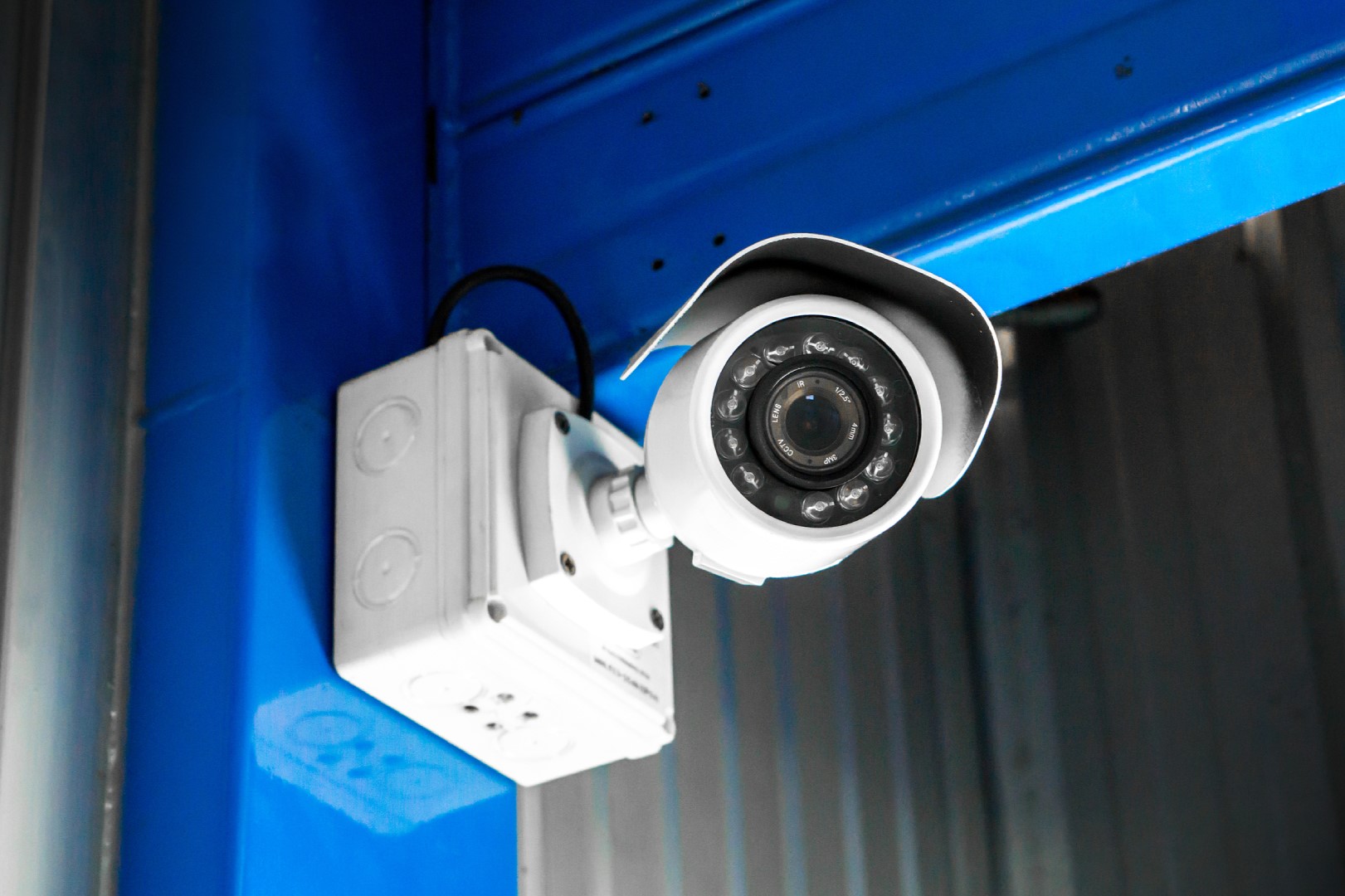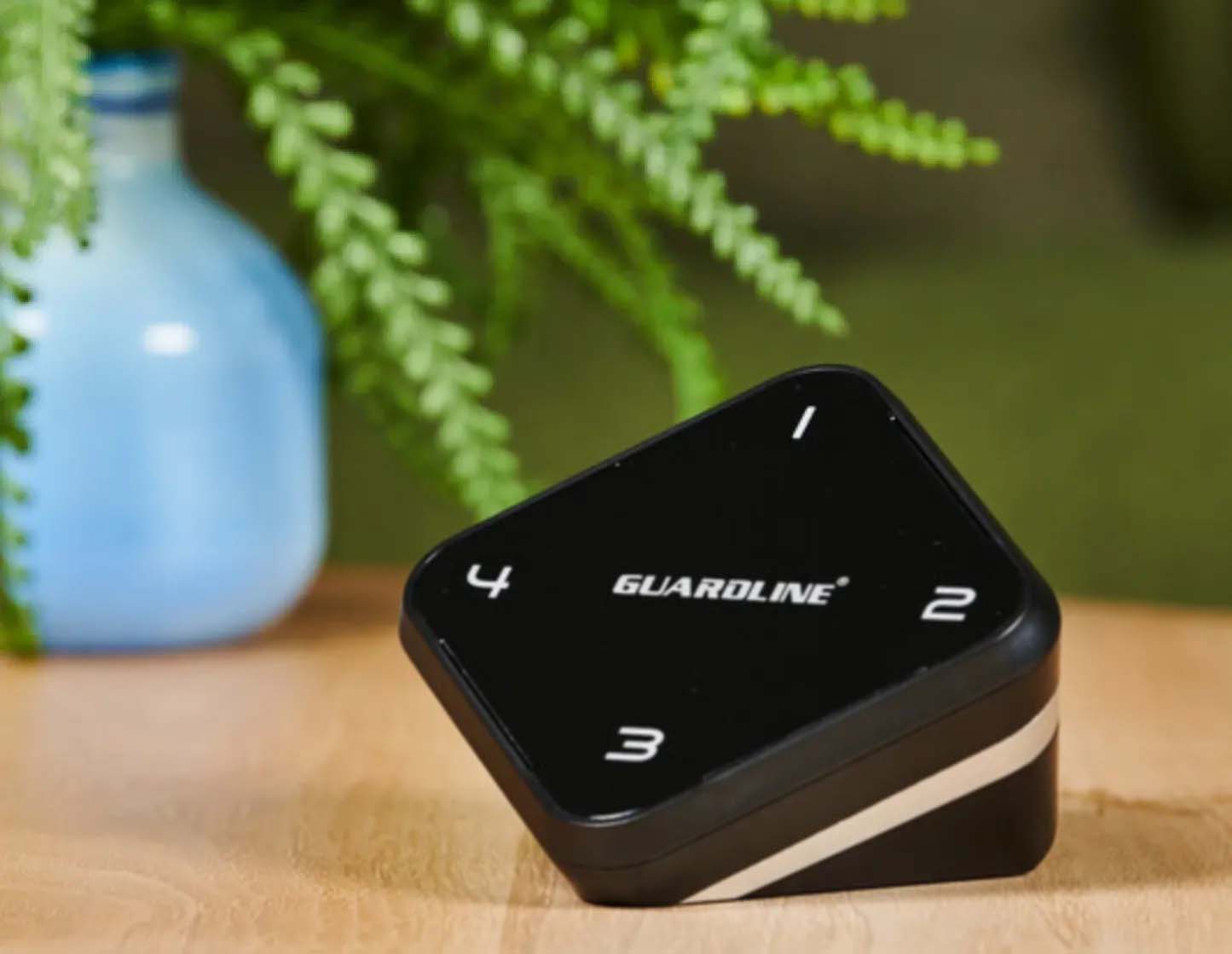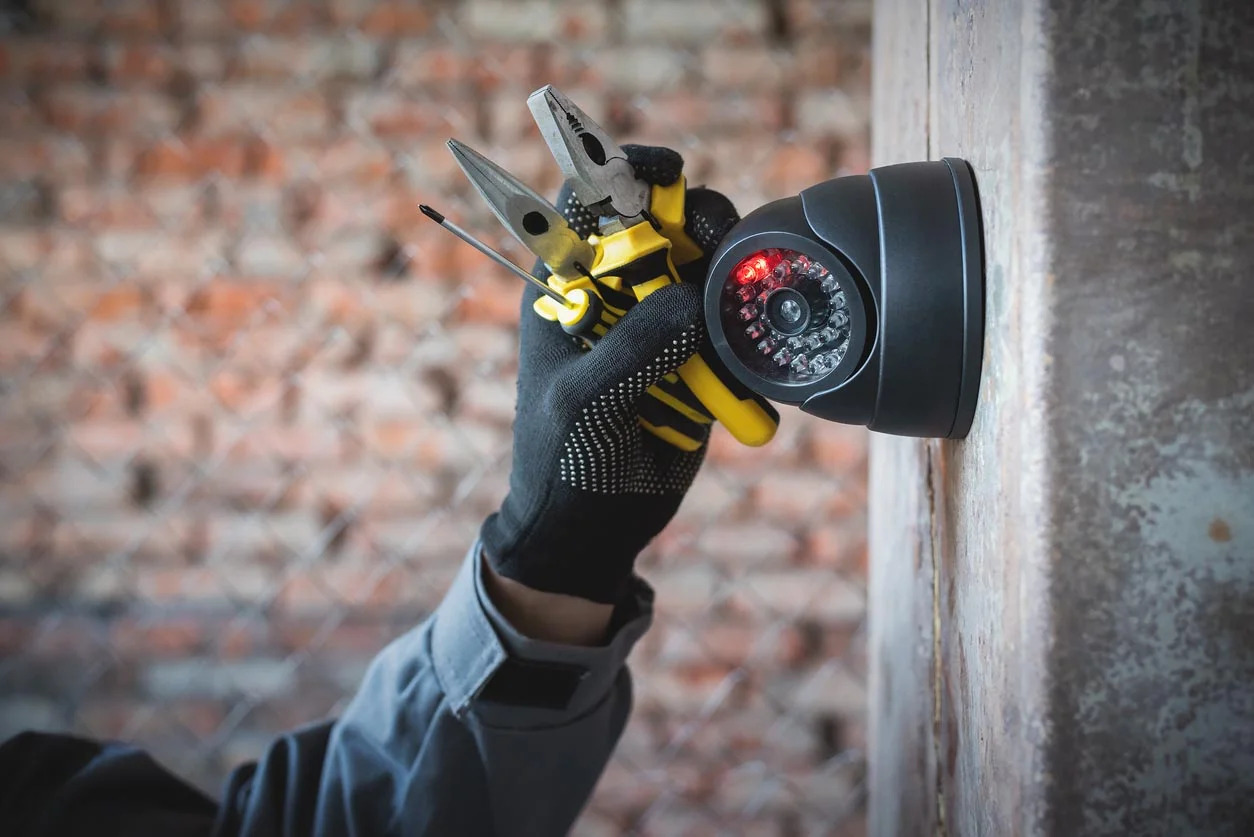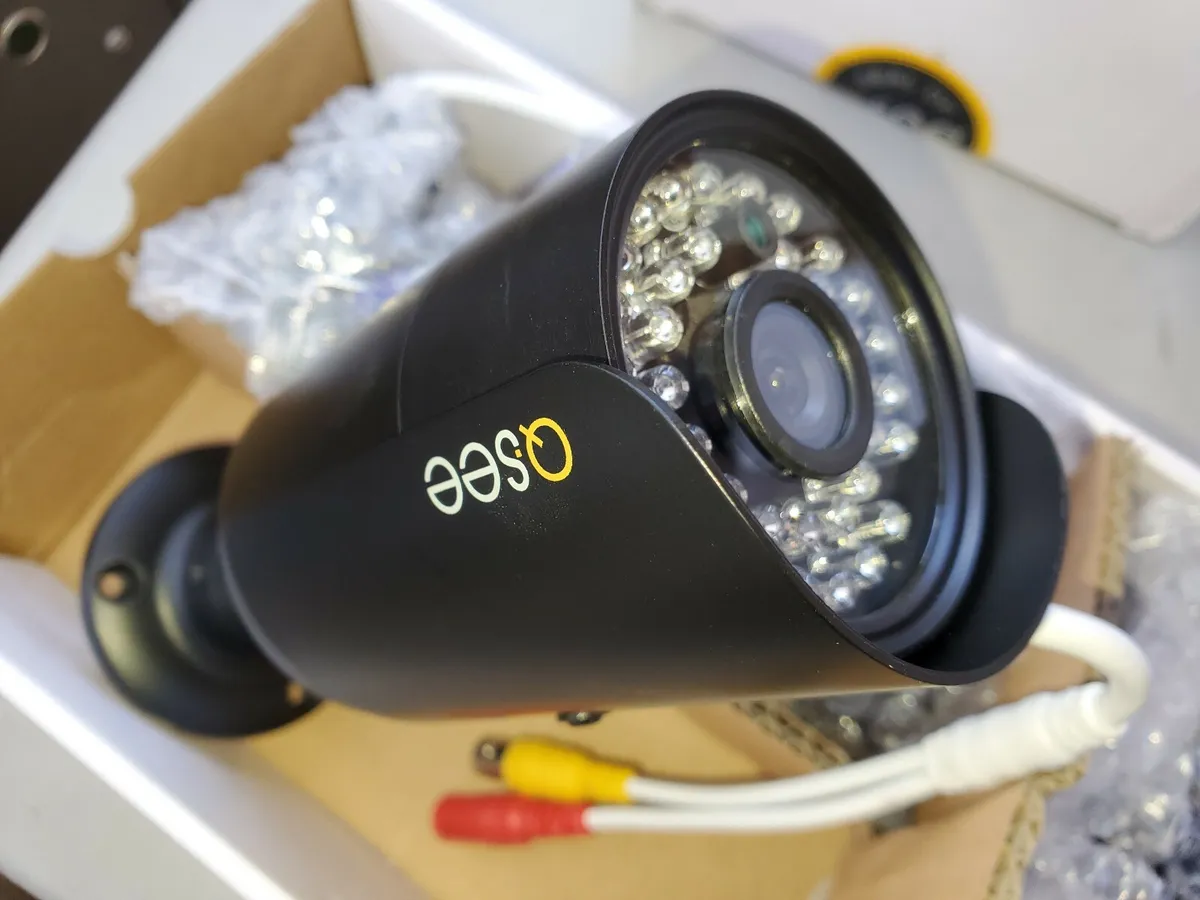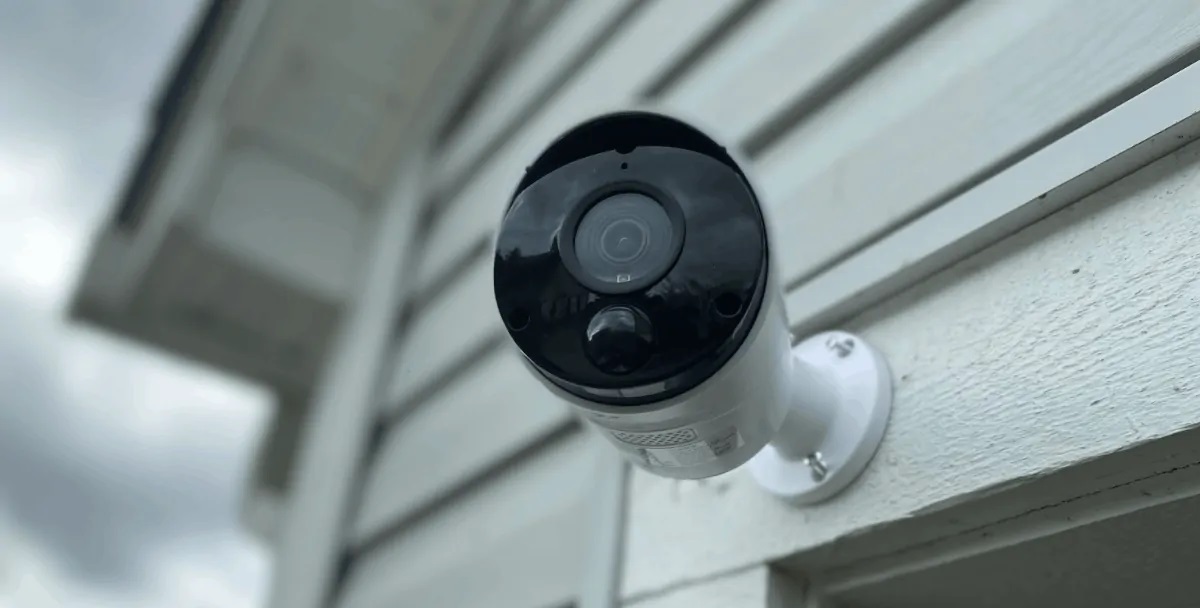Home>Home Security and Surveillance>How Far Can Home Security Cameras See
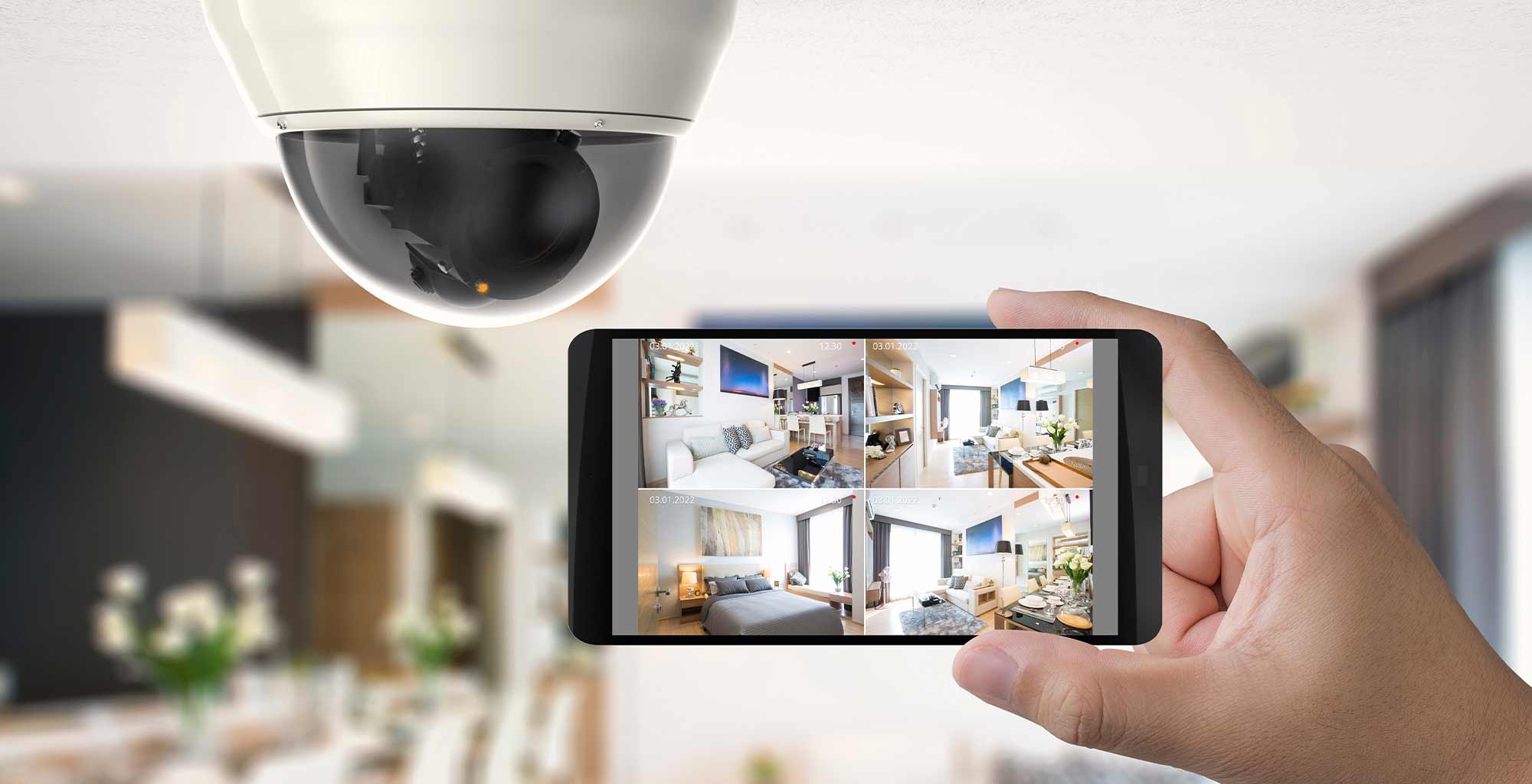

Home Security and Surveillance
How Far Can Home Security Cameras See
Modified: March 6, 2024
Learn how far home security cameras can see with our comprehensive guide. Discover the best options for your home security and surveillance needs.
(Many of the links in this article redirect to a specific reviewed product. Your purchase of these products through affiliate links helps to generate commission for Storables.com, at no extra cost. Learn more)
Introduction
When it comes to protecting your home and loved ones, having a reliable and robust home security system is crucial. One of the key components of any home security system is the surveillance cameras. These cameras act as the eyes of your home, giving you the ability to monitor your property and keep an eye on any potential threats or suspicious activities.
But have you ever wondered how far these home security cameras can actually see? The range of a security camera plays a vital role in its effectiveness and efficiency in capturing clear and detailed footage. Understanding the factors that determine the range of these cameras can help you make informed decisions when it comes to selecting the right system for your home.
Factors Affecting the Range of Home Security Cameras
The range of a home security camera can be influenced by several factors, including:
- Camera Resolution: The resolution of the camera determines the level of detail captured in the footage. Higher resolution cameras tend to have a narrower field of view but can capture more details at a greater distance.
- Lens Type and Focal Length: The lens type and focal length of a camera determine its field of view and the distance it can cover. Cameras with a narrower field of view and longer focal length can see objects farther away but capture a narrower area.
- Infrared Night Vision Capability: Many home security cameras feature infrared (IR) night vision capability, allowing them to capture clear footage in low-light or complete darkness. The range of the IR night vision can vary depending on the camera model, with some cameras capable of seeing up to 100 feet or more in complete darkness.
- Environmental Conditions: External environmental factors such as rain, fog, and obstructions like trees or buildings can affect the range of the security camera. These conditions can impact the clarity and visibility of the captured footage.
Now that we have a better understanding of the factors that influence the range of home security cameras, let’s explore the average range you can expect from these devices.
Key Takeaways:
- Home security cameras can typically see between 30-100 feet, but factors like resolution and night vision affect the range. Consider extended range options for larger properties or specialized needs.
- To maximize home security camera range, place them strategically, clear line of sight, and minimize interference. Understanding range and implementing these strategies ensures effective surveillance and peace of mind.
Read more: How Far Can A Security Camera See At Night
Factors Affecting the Range of Home Security Cameras
Various factors contribute to the range of a home security camera. Understanding these factors can help you select a camera that suits your specific needs and maximize its effectiveness. Here are the key factors that affect the range of home security cameras.
- Camera Resolution: The resolution of a camera determines the level of detail captured in the footage. Higher resolution cameras can capture more details, allowing you to see objects clearly even when they are farther away. In general, cameras with resolutions of 1080p (Full HD) and above provide better image clarity and extended range compared to lower resolution cameras.
- Lens Type and Focal Length: The lens type and focal length of a camera play a crucial role in determining its field of view and range. Cameras with fixed lenses typically have wider fields of view but may not have as much range compared to cameras with interchangeable lenses. Additionally, cameras with longer focal lengths can zoom in on distant objects, increasing their range. It’s important to consider your surveillance needs and the desired viewing distance when choosing a camera with the appropriate lens type and focal length.
- Infrared Night Vision Capability: Many home security cameras feature built-in infrared (IR) night vision capability. This allows the cameras to capture clear footage even in low-light or complete darkness. The effectiveness and range of IR night vision can vary among different cameras. Some cameras have a range of 50 feet, while others can reach up to 100 feet or more. It’s crucial to check the specifications of the camera’s IR night vision capability to ensure it meets your requirements.
- Environmental Conditions: The surrounding environment and conditions can impact the range and performance of home security cameras. Factors such as rain, fog, and obstructions like trees or buildings can reduce the clarity and visibility of the captured footage. It’s important to consider the environmental conditions and make necessary adjustments to maximize the camera’s range. For example, positioning the camera away from obstructions and ensuring it has adequate protection from the elements can significantly improve its performance.
Now that you understand the factors that affect the range of home security cameras, you can make an informed decision when selecting a camera for your surveillance needs. In the next section, we’ll explore the average range you can expect from home security cameras.
Average Range of Home Security Cameras
The range of home security cameras can vary depending on the factors we discussed earlier. However, it’s helpful to have a general understanding of the average range you can expect from these cameras. Keep in mind that these ranges are approximate and can differ based on camera specifications and environmental conditions.
For most standard home security cameras, the average range typically falls between 30 to 100 feet. This range allows the camera to capture clear and detailed footage within a reasonable distance. Cameras with higher resolutions and a narrower field of view often have a longer range as they can focus on objects that are farther away.
For example, a 1080p camera with a medium focal length lens can generally provide clear images and reliable video footage up to around 50 feet. If you require coverage for larger areas or need to monitor objects further away, you may consider cameras with longer focal lengths or higher resolutions.
It’s important to note that the range can also be influenced by the availability and effectiveness of the camera’s infrared night vision capability. Cameras with powerful IR night vision can extend their range even in low-light or dark conditions, allowing you to capture detailed footage at a greater distance.
Keep in mind that these ranges are provided as rough estimates and it’s essential to consult the specifications and guidelines provided by the camera manufacturer. Additionally, factors such as the camera’s positioning, angle, and environmental conditions can affect the range as well.
Now that you have an idea of the average range of home security cameras, let’s explore some extended range options that can offer even greater coverage and surveillance capabilities.
When choosing a home security camera, consider the camera’s field of view and resolution to determine how far it can see. A wider field of view and higher resolution will allow the camera to see farther.
Extended Range Options for Home Security Cameras
While standard home security cameras offer a decent range for most residential applications, there are specialized options available that provide extended coverage and surveillance capabilities. Let’s explore three popular extended range options for home security cameras:
- Pan-Tilt-Zoom (PTZ) Cameras: PTZ cameras are designed to provide extensive coverage over large areas. These cameras have the ability to pan (move horizontally), tilt (move vertically), and zoom in on specific areas of interest. The pan and tilt functions allow the camera to cover a wide field of view, while the zoom function enables you to focus on distant objects with clarity. With their versatility and flexibility, PTZ cameras can easily capture details at a considerable distance, making them an ideal choice for larger properties or commercial use.
- Motorized Varifocal Lens Cameras: Motorized varifocal lens cameras offer the advantage of adjustable focal lengths, allowing you to customize the camera’s field of view and range. These cameras provide the ability to remotely adjust the lens focal length, zooming in or out to capture objects at varying distances. By controlling the focal length, you can optimize the range and coverage of the camera to suit your specific surveillance needs. Motorized varifocal lens cameras are a great option for those who require flexibility in adjusting the camera’s field of view and range.
- Long-Range Infrared Cameras: For enhanced night vision capabilities and extended range in low-light or dark conditions, long-range infrared cameras are the ideal choice. These cameras are equipped with powerful IR illuminators that can illuminate subjects at a much greater distance compared to standard IR cameras. With their long-range capabilities, they are able to capture clear and detailed footage in complete darkness over a significant range, providing a reliable surveillance solution for both residential and commercial applications.
By opting for these extended range options, you can ensure that your home or property is effectively monitored and secure, even over larger areas or challenging environmental conditions.
Now that you’re familiar with these extended range options, let’s explore some tips for maximizing the range and performance of your home security cameras.
Tips for Maximizing the Range of Home Security Cameras
To get the most out of your home security cameras and maximize their range and performance, consider the following tips:
- Optimal Placement of Cameras: Proper placement of cameras is vital for maximizing their range. Position the cameras strategically to cover the areas you want to monitor and ensure the field of view aligns with your surveillance requirements. Keep in mind any potential blind spots or areas where the range may be compromised.
- Clearing Line of Sight: Ensure that there are no obstructions blocking the camera’s line of sight to the desired coverage area. Clear away any trees, branches, or objects that could impede the camera’s visibility. This will help maintain clear and uninterrupted footage, especially for cameras with longer ranges.
- Minimizing Interference: Interference from nearby electronic devices or Wi-Fi networks can impact the range and performance of your security cameras. To minimize interference, ensure that the cameras are placed away from sources of electromagnetic interference. Additionally, optimize your home’s Wi-Fi network to reduce any potential signal interference with the cameras.
By following these tips, you can optimize the range and performance of your home security cameras, ensuring that they provide reliable surveillance and peace of mind.
Now that we’ve covered tips for maximizing range, let’s summarize the importance of understanding the range of home security cameras.
Read more: How Far Can Night Vision Cameras See
Conclusion
Understanding the range of home security cameras is vital when it comes to selecting the right system for your home and maximizing its effectiveness. Factors such as camera resolution, lens type and focal length, infrared night vision capability, and environmental conditions all influence the range of these cameras.
On average, home security cameras have a range of 30-100 feet, but this can vary based on camera specifications and environmental factors. Extended range options such as PTZ cameras, motorized varifocal lens cameras, and long-range infrared cameras offer even greater surveillance capabilities for larger properties or specialized needs.
To optimize the range and performance of your home security cameras, consider tips such as optimal camera placement, clearing line of sight, and minimizing interference from electronic devices or Wi-Fi networks.
By understanding and implementing these strategies, you can ensure that your home or property is well-protected and monitored, providing you with the peace of mind and security you deserve.
Remember, when it comes to home security, knowledge is power. Take the time to evaluate your surveillance needs, consider the factors affecting camera range, and explore the options available to you. With the right home security camera system in place, you can rest easy knowing that you have taken proactive steps towards safeguarding your home and loved ones.
Frequently Asked Questions about How Far Can Home Security Cameras See
Was this page helpful?
At Storables.com, we guarantee accurate and reliable information. Our content, validated by Expert Board Contributors, is crafted following stringent Editorial Policies. We're committed to providing you with well-researched, expert-backed insights for all your informational needs.

